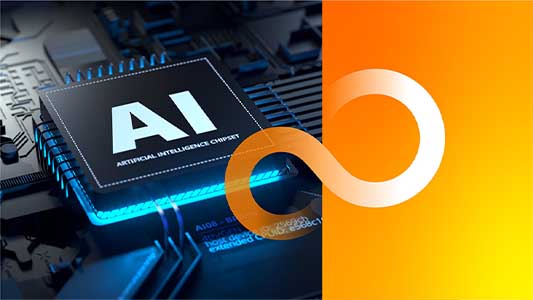KAWASAKI, Japan – Fujitsu today announced the launch of a software analysis and visualization service. Available in Japan from February, this service will support enterprise and organizational modernization by investigating and analyzing software, visualizing black-box application structures and characteristics, and generating design documents using generative AI. This comprehensive approach enables a robust understanding of current systems and facilitates the creation of optimal modernization plans.
The service comprises two components: software analysis and visualization, which visualizes the application structure and specifications of existing systems; and software design document reverse engineering, which generates design documents from software. Leveraging Fujitsu’s expertise gained from analyzing the system assets of over 600 companies, this service provides comprehensive support, from gaining a robust understanding of company software to streamlining and optimizing software for migration to new systems, evaluating migration difficulty level during mainframe-to-open-environment migration, and even generating design documents using generative AI.
Leveraging the core technology of Fujitsu’s AI service, Fujitsu Kozuchi, the design document reverse engineering service generates user-friendly design documents from large datasets. This AI-powered service can significantly improve efficiency, with projections of a 50% improvement for retail customers compared to manual methods.
Fujitsu is currently advancing the utilization of generative AI across a comprehensive range of phases within system integration (SI) projects, encompassing modernization initiatives and extending from requirements definition to operational maintenance. The strategic application of generative AI to tasks traditionally executed manually by engineers—including the creation of design documentation and source code throughout the design, development, and testing phases—is intended to yield significant increases in efficiency. The Fujitsu software analysis and visualization service, which enables the use of generative AI at the requirement definition stage of the SI process, represents one of the many ways that Fujitsu is accelerating SI transformation by leveraging generative AI to the maximum extent towards productivity and quality improvements.

Overview of the Software Analysis and Visualization Service
1. The software analysis and visualization service visualizes complex software to facilitate smooth system migrations
This service supports a comprehensive understanding, streamlining, and optimization of software applications, as well as evaluating migration difficulty level. Through the automated creation of software maps that visualize application functional structures—representing the application as a building depicted on a map, it allows for a rapid and intuitive grasp of the current state of the software. Additionally, it categorizes all software by programming language, identifying unused items and similar source code. In evaluating migration difficulty level, it efficiently selects mainframe functions necessary for the application using a standardized process based on Fujitsu’s modernization experience. From this selection, it extracts functions that pose obstacles to migration from mainframe to open environments and evaluates the difficulty of porting.
2. The software design document reverse engineering service leverages generative AI to support the creation of high-quality design documents
Departing from conventional analysis methodologies that mechanically parse source code line-by-line based on predefined rules and verify against documented results to ascertain system structure, Fujitsu combines the Fujitsu Knowledge Graph Enhanced Retrieval Augmented Generation (RAG) for Software Engineering to achieve a substantial enhancement in the quality of both asset comprehension and design document generation.
This technology leverages a large language model (LLM) to significantly enhance the accuracy and completeness of software analysis and design information generation. The process involves constructing an asset knowledge graph from existing design documentation and static analysis of the source code (obtained through either conventional tools or LLM-based analysis). A proprietary RAG function then facilitates the precise identification and extraction of relevant knowledge for design information generation. This targeted information, combined with the source code, is input into the LLM, resulting in an approximately 40% improvement in the quality of generated design information compared to source-code-only methods.
Furthermore, to mitigate the risk of LLM hallucinations, this technology incorporates a mechanism to refine input information and detect instances of LLM forgetting. This results in approximately 95% prevention of forgetting and enables the generation of accurate design information, leading to anticipated improvements in the efficiency of human review processes.

Future Plans
To further enhance productivity and bolster support for client modernization efforts, Fujitsu will widely expand the scope of generative AI application. Future developments will include interactive capabilities for verifying current application specifications and assessing the impact of source code changes. This commitment to innovation will significantly contribute to the successful realization of our clients’ digital transformation (DX) objectives.












